2018 Bull Market List: Report card
Each December, we put together the Hagerty Bull Market List, our annual selection of the collector-car hobby’s movers and shakers. Basically, it’s a group of 10 or so cars (with the occasional truck and motorcycle thrown in) that the data tells us are poised to grow in value over the next 12 months. This isn’t investment advice per se—rather, an opportunity to point out that, with some due diligence and a smidge of luck, you can experience the joys of the collector-car hobby and maybe get your money back or a bit more when it’s time to sell.
The 2024 group we’ll reveal on December 11 will be the seventh list, so we’ve had plenty of time (and opportunity) to check how our predictive powers panned out.
Nearly six years on, let’s take a look at the 2018 Bull Market List—the very first.
Since December 2017, when the Bull Market 2018 selections were announced, the annualized return across all cars in the Hagerty Price Guide (reflective of the entire collector-car market) is 2.7 percent. This Bull Market cohort managed a 10.6 percent annualized return, significantly outperforming the norm.
***
Biggest hit:
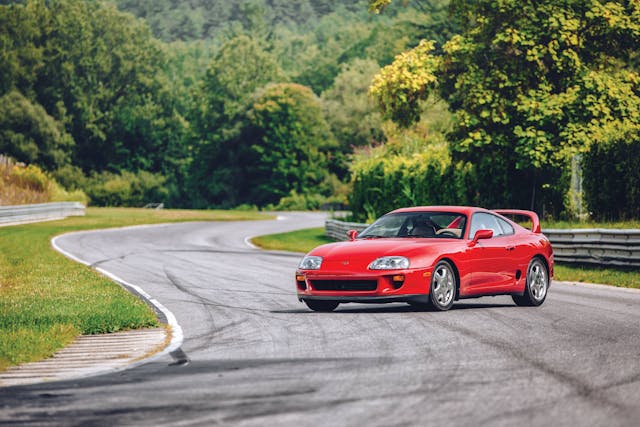
1993–98 Toyota Supra (19% annualized return)
It doesn’t feel like “way back,” but way back in 2018 the collector car world hadn’t quite gone totally gaga over ’90s Japanese performance cars, for which the Mk IV Toyota Supra is one of the poster children. The signs were there, however. The first Radwood shows were happening, early ’90s JDM darlings like the R32 Nissan Skyline were being imported in significant quantities, and enthusiasts of the PlayStation generation were reaching an age where they could afford some of their favorite Japanese gems from Gran Turismo.

The Supra wound up being a great choice for Bull Market, with a 19 percent annualized return compared to 2.7 percent for the market as a whole. And although clean, unmodified examples of this tuner favorite have long been hard to find and never particularly cheap, the values from 2018 look almost quaint. The median condition #2 (Excellent) value for a Supra Turbo at the beginning of ’18 was $67,200, and even the most perfect #1 (Concours, or best-in-the-world) Supra wasn’t a six-figure car yet. Today, the median #2 value is $175,000.
Biggest misses:
1993–2002 Pontiac Firebird and 2010–14 Ford F-150 Raptor (5.1% annualized return)
While they both outperformed the rest of the market and proved that our crystal ball at least kind of worked on our first go-round at Bull Market, the last-generation Firebird and the first-generation Raptor were the list’s worst performers by a wide margin.
With the Pontiac, we narrowed in on the Firehawk, a special high-performance model upgraded by tuning shop SLP. When putting together the list, we saw a spike in buyer interest for the special ‘birds and noted that they are “every bit as fun as the old muscle cars but with modern amenities; nothing exotic about the mechanicals.” But even though a Firehawk or even just a well-optioned Trans Am could give the Supra a run for its money between the stoplights, they just never took off like the Toyota did. Their values only outpaced the Price Guide average by 2.4 percentage points, and the median #2 value for Firehawk coupes currently sits at $34,400, about a fifth as much as the Supra Turbo.

As for the Raptor, it conceivably still could have been on the factory warranty when we put together the 2018 Bull Market List. While our reasoning was sound and newer performance vehicles have certainly seen plenty of appreciation since 2018, there are also plenty of newer and better fast trucks out there to choose from now, including two subsequent generations of F-150 Raptor as well as the Bronco Raptor from Ford.
Honorable mention:
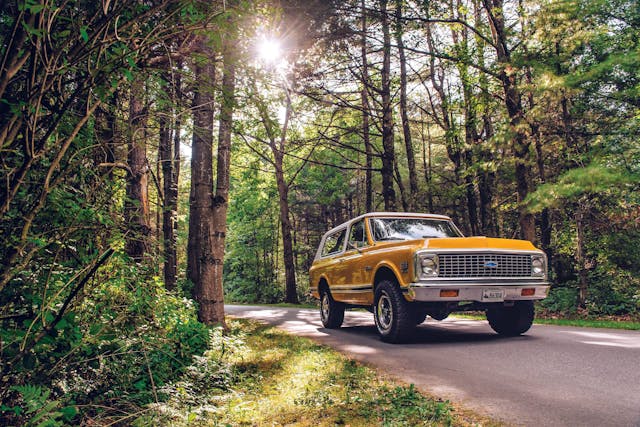
1969–72 Chevrolet C/K Blazer (15% annualized return)
Although it was a distant second, the first generation, 1969–72 Chevrolet C/K Blazer experienced an impressive 15% annualized return. Its growth was indicative of the big growth in the vintage truck market during the last decade. Icons like the Toyota FJ40 and first-generation Ford Bronco led the way and, just as it did in the ’60s, the Blazer followed the Bronco’s lead with growth of its own. Eventually, nearly all classic utility vehicles made an upward move in the late 2010s, and before the pandemic boom that began in 2020, vintage trucks were one of the most active segments in an otherwise stable market.
***
Check out the Hagerty Media homepage so you don’t miss a single story, or better yet, bookmark it. To get our best stories delivered right to your inbox, subscribe to our newsletters.
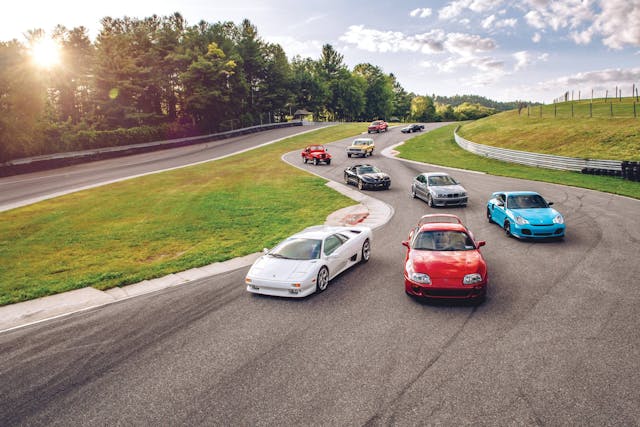
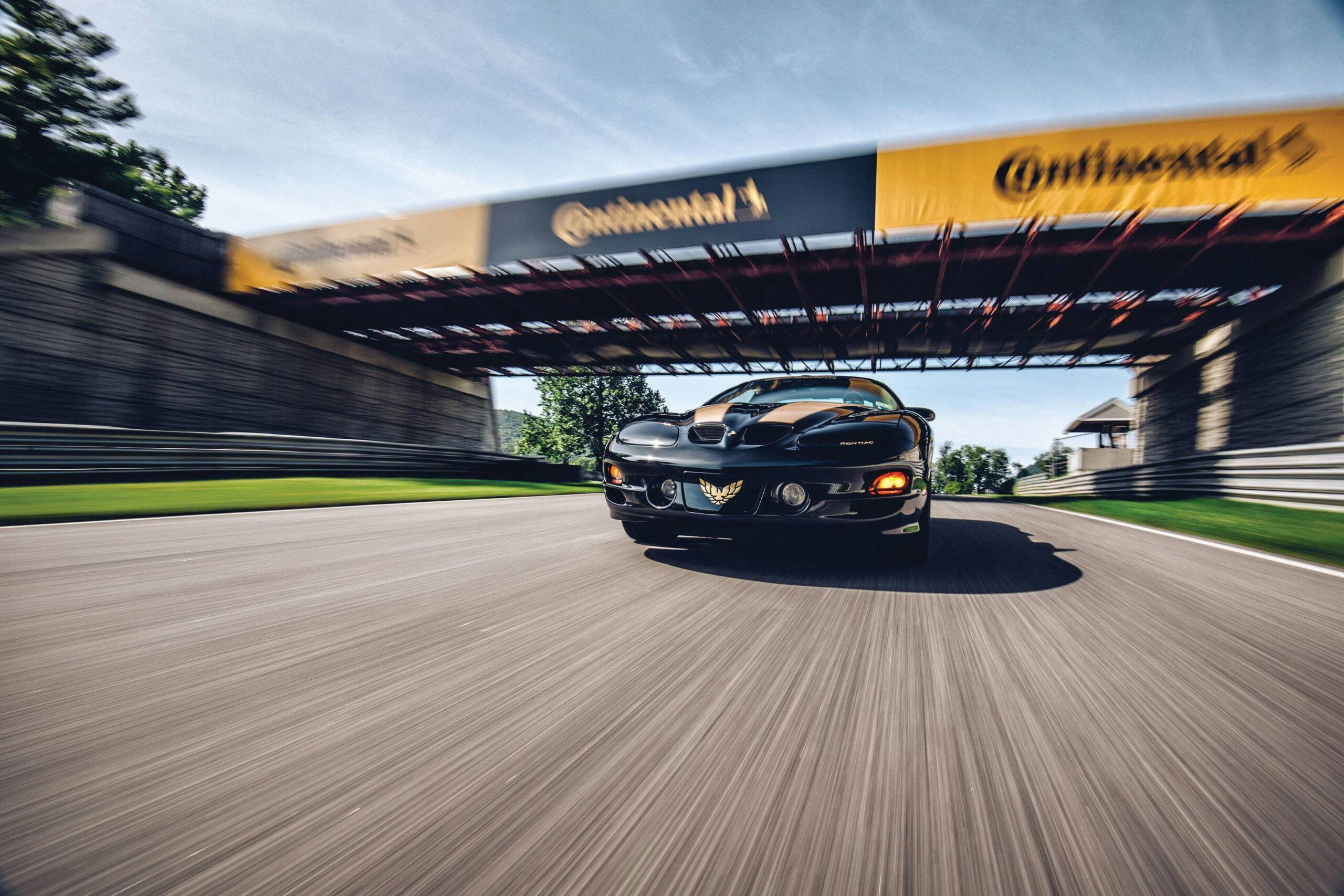
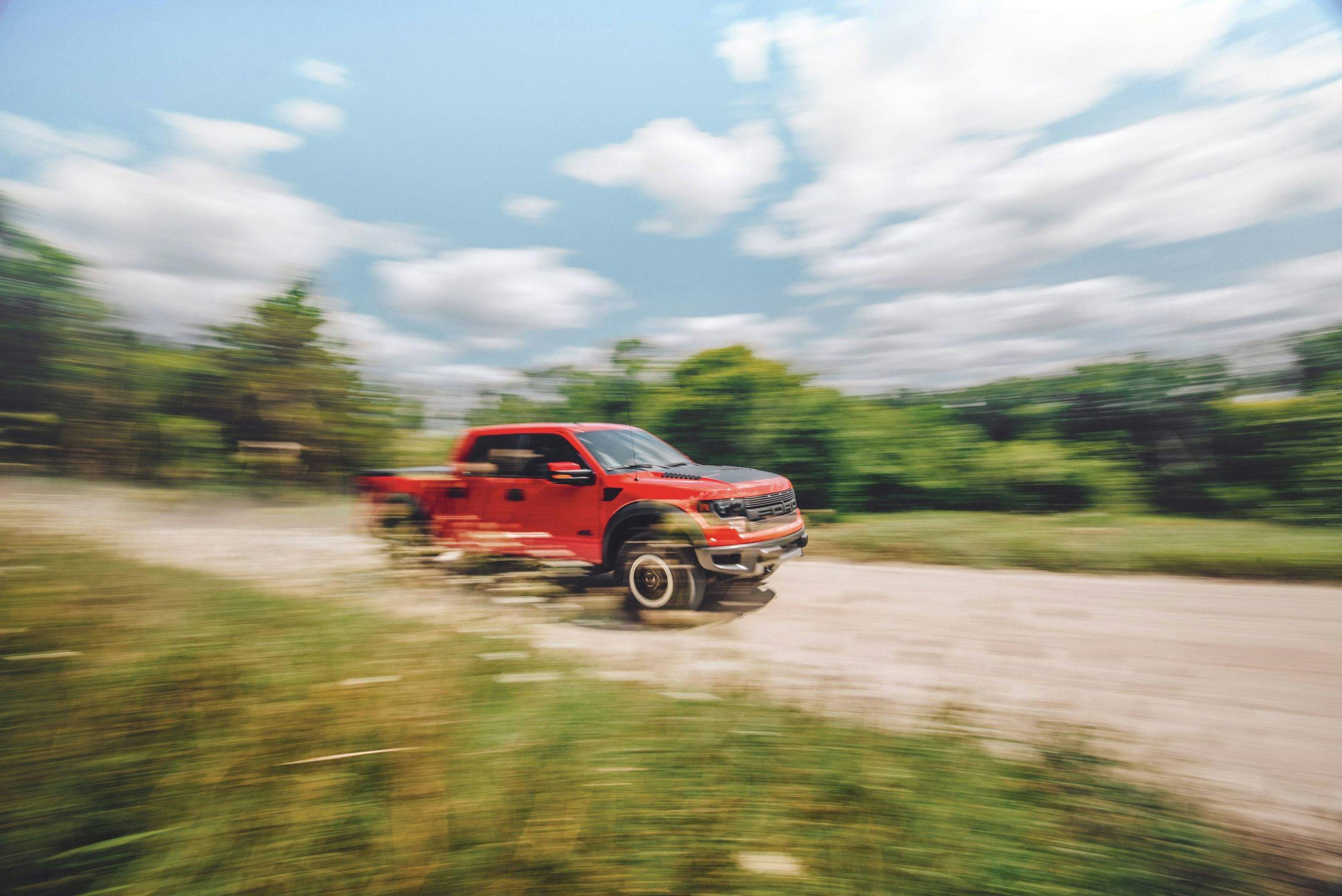


The Toyota and Pontiac need to be taken into context.
#1 there are 8 times as many TAs vs Supra’s. Lets face it the Supra was an expensive car new and not many were sold as styling is very subjective.
Today there are few and it is one that there is more buyers than cars as it is difficult to restore one so the few low mile clean cars will draw better prices. If it is need of repair the price will drop fast unless it is a good parts car.
The trans am of this vintage was one popular. second they are mostly cars that were not daily drivers so many low mile clean ones are still around.
The Toyots is a unicorn and only so many people are looking for these unicorns and are able to feed them well.
Kind of like a C5 Corvette. Tons of them around. But man y people want the Z06 and Convertible and they are seeing better than market gains. Even the coupes at a lower rate will make you money at about $1500 a year in appreciation,.
Predicting a market is difficult at best but context must be used to rationalize much.
Toyota couldn’t give away a Supra in 94, the F&F franchise created the demand
As a ’97 Supra Turbo owner even I am weirded out by the appreciation in the last few years. Maybe that has cooled, I am not sure as I have not tried to sell my car.
I bet all those Supra owners who modified their car to make over 1000 HP wishes now they kept them stock
They still sell well to the right person.
Those Firebirds are the ugliest cars ever made. I don’t see them ever having much demand.
Puleeze any car pre pandemic shows an increase due to Covid relief money handed out by the trillions in the beginning of 2020. Show us some post 2020 bull market for reality